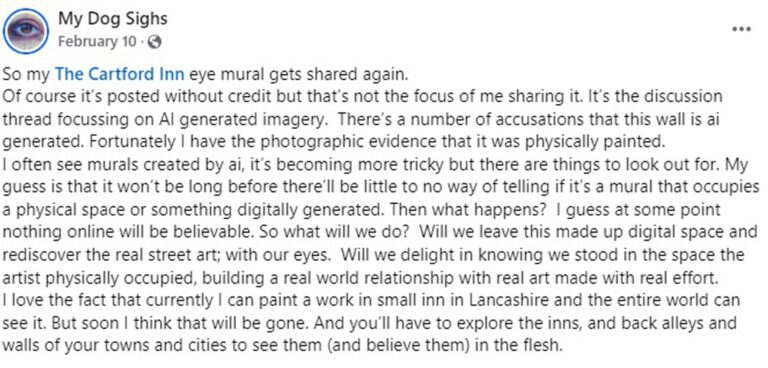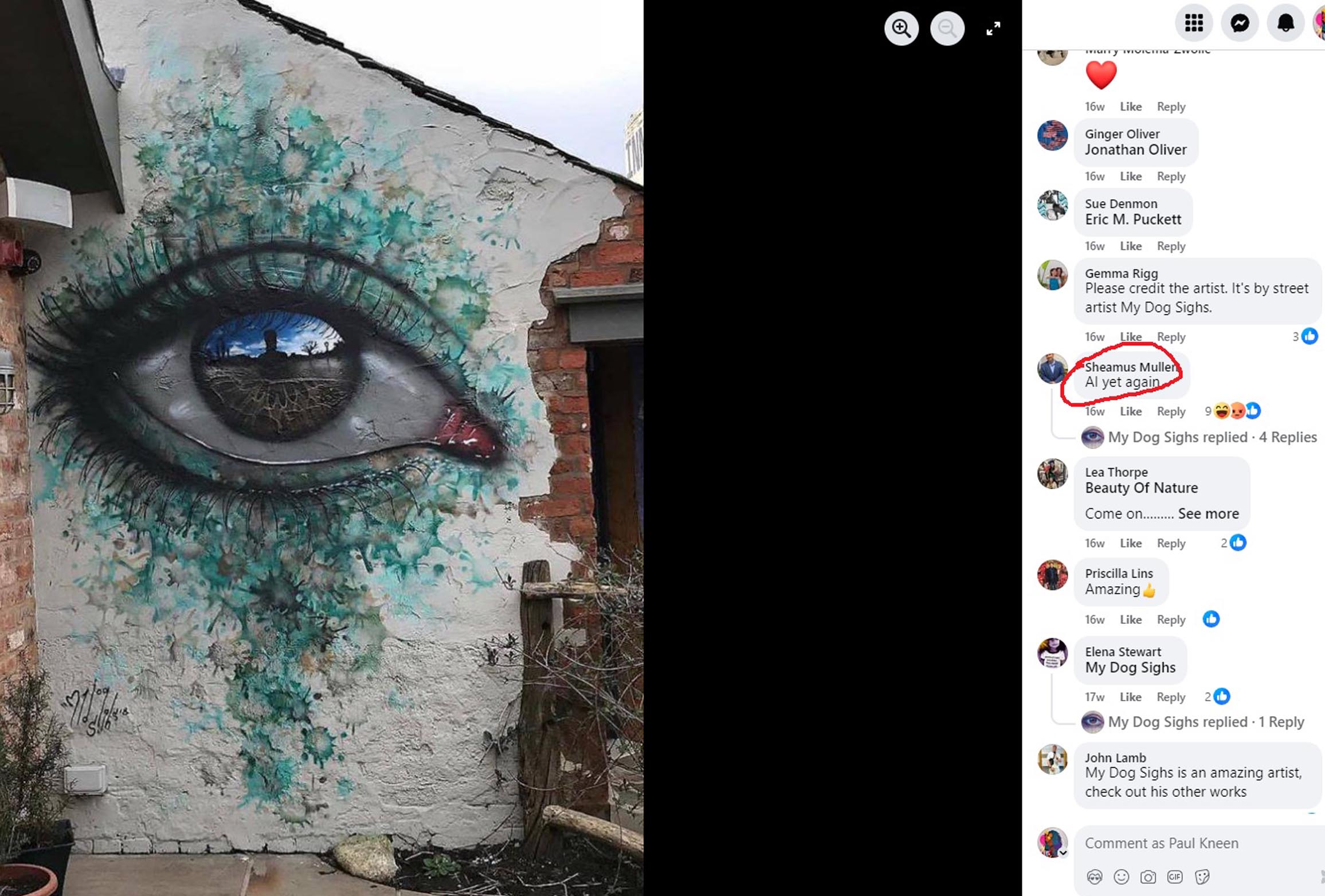Art vs. Algorithms: What AI Art Means for Human Artists
AI Art vs Human Art: A New Creative Frontier
Artificial Intelligence, or AI, is no longer science fiction. It’s already living in our pockets, powering our phones, recommending our next Netflix binge, and even keeping our fridges running smartly. Unlike us mere mortals, AI doesn’t sleep. It learns constantly, becoming faster, sharper, and increasingly capable. So it’s no surprise that the art world hasn’t remained untouched.
In the past few years, image-generating platforms like DALL·E, Midjourney, and Stable Diffusion have taken the internet by storm. Type a few descriptive words and—voilà—an image appears, created by algorithms in seconds. For some, this is a technological marvel. For others—especially artists—it raises deeper questions about originality, creativity, and the value of human-made art.
The Impact of AI on Artists: Creative Freedom or Creative Crisis?
So what’s the actual impact of AI on artists? That depends who you ask. Some view AI as a helpful tool, no different from Photoshop, a projector, or even tracing paper—just another option in the artist’s toolkit. Others see it as a threat, one that undermines years of training, intuition, and hard-won skill.
A few years ago, news broke that AI systems had been trained by "scraping" billions of images from the internet—many of which included copyrighted works by living artists. That revelation ignited fury across the creative world. Artists argued that their work was effectively being used without consent or compensation. Legal initiatives cropped up in response, accusing AI companies of copyright infringement and exploitation.
But is this truly theft—or just a digital-age version of artistic inspiration? After all, artists have always learned by studying others. Is AI simply mimicking the human creative process—only at warp speed and on a global scale?
The Pattern of Panic: We've Been Here Before
Every time technology evolves, parts of the creative industry panic. When computers first arrived on the scene, graphic designers feared the demise of traditional layout skills. When Photoshop appeared, photographers warned it would ruin their craft. And when phone cameras started competing with DSLRs, many declared the end of "real photography."
And yet, each time, art has adapted.
AI is following a similar trajectory. Early AI-generated images were often riddled with strange glitches—most famously, mangled hands and impossible numbers of fingers. But in just a few months, the technology improved dramatically. Now, it’s getting harder and harder to tell what’s real and what isn’t...
…and that brings us to a fascinating twist: artists themselves are now being accused of producing AI art—even when they didn’t.
Case Study: My Dog Sighs and the Preston Wall
UK street artist My Dog Sighs created a stunning mural on a wall in Preston that went viral online. But as AI art improved, social media users began questioning whether the piece even existed. Was it real—or just a clever AI mock-up?
This doubt highlights a crucial challenge artists now face: proving their work is authentic. It’s no longer enough to post a final photo. Increasingly, artists are documenting their creative process through progress shots or videos to demonstrate their work was physically made by human hands.
But as AI video improves, even that could become questionable. What’s stopping someone from using AI to fake a time-lapse video of themselves “creating” a work that was never real in the first place?
The Allure of the Fake: Followers, Fame, and Monetised Attention
So why would someone fake artwork using AI? Simple: attention. In an era where likes, followers, and shares translate into income, there’s real incentive to create viral moments—even if they’re built on smoke and mirrors.
This gamification of art is a worrying trend, especially as AI tools become more accessible. It opens the door to scammers, dilutes public trust, and adds another layer of difficulty for genuine artists trying to build a loyal audience.
AI as a Tool, Not a Threat
So what’s the path forward? Like Photoshop before it, AI can be a powerful assistant rather than a creative rival. Many artists already use AI to brainstorm, develop compositions, or explore colour palettes. It can accelerate workflows, unlock new ideas, and help artists experiment without wasting materials.
The key is transparency. When artists use AI, they should feel comfortable saying so—just as they would if they used a reference photo or digital software. Audiences, in turn, are still drawn to authenticity. People collect art not just for the image, but for the story behind it. The relationship between artist and buyer, the journey, the trust—that's something AI can’t replicate.
The Broader Creative Industry: A Tectonic Shift
Beyond the individual artist, AI is reshaping the wider creative economy. Some companies are already replacing photographers, illustrators, and graphic designers with AI tools that can churn out content instantly and cheaply. The film industry isn’t far behind. Entire AI-generated short films already exist, and it won’t be long before feature-length movies emerge from machines.
This creates a massive question: what happens when creativity is automated? Does efficiency come at the cost of emotional depth and nuance? Or will new roles and hybrid practices emerge, where humans and AI collaborate to create something neither could do alone?
Art in the Age of Algorithms
Whether we like it or not, AI is here—and it’s not going anywhere. The challenge isn’t how to stop it, but how to work alongside it without losing what makes art meaningful: the human touch.
For now, real-world collectors still want something tangible, something made by hand, by heart, and by someone they can connect with. AI can mimic the result, but not the relationship. That’s where human artists still—and will always—have the edge.














